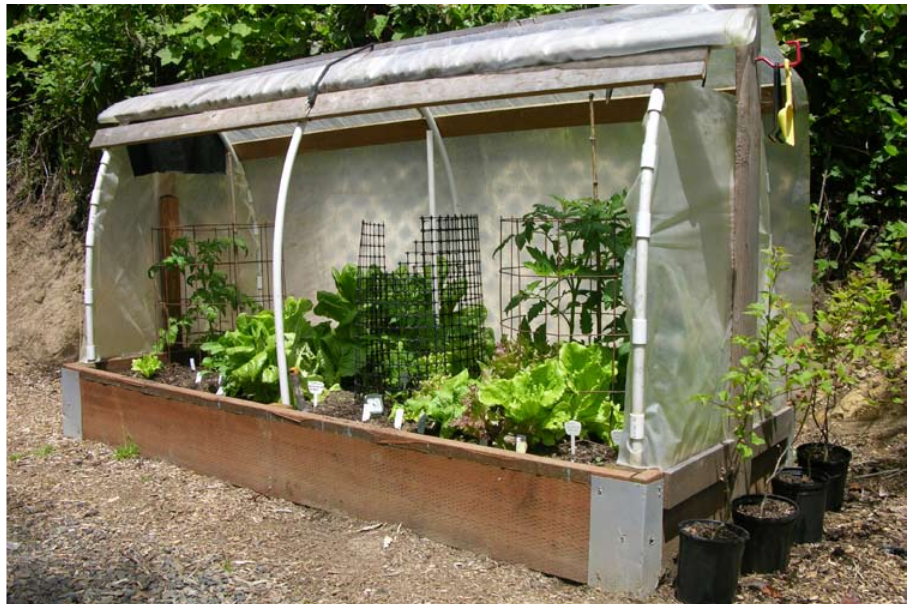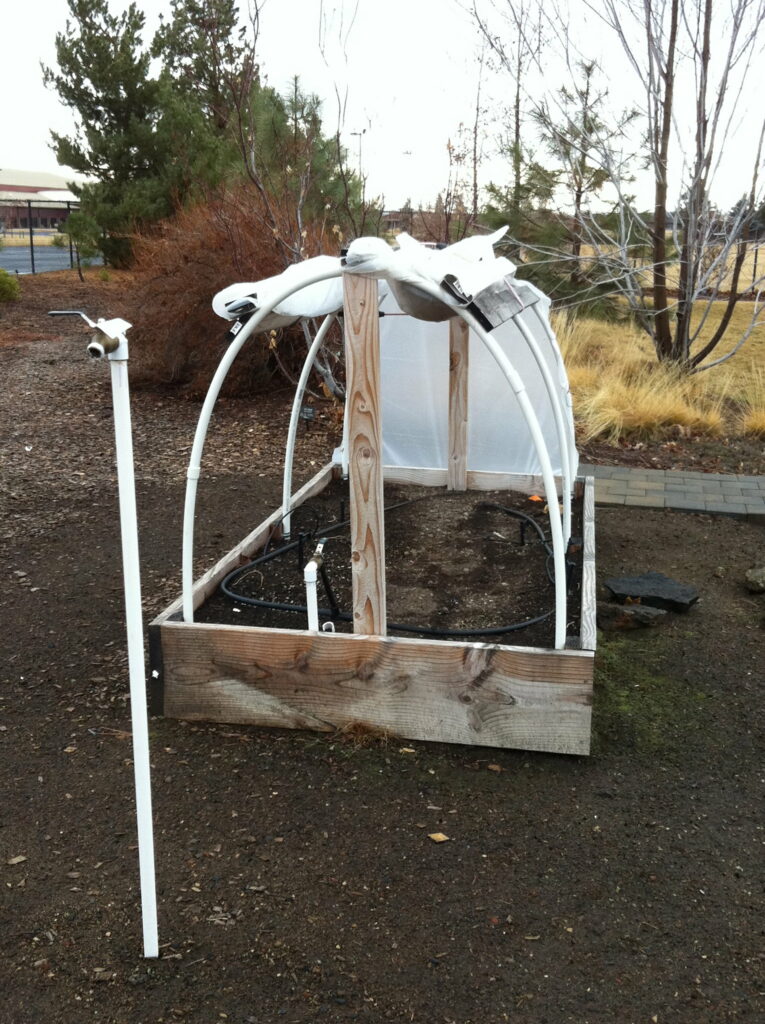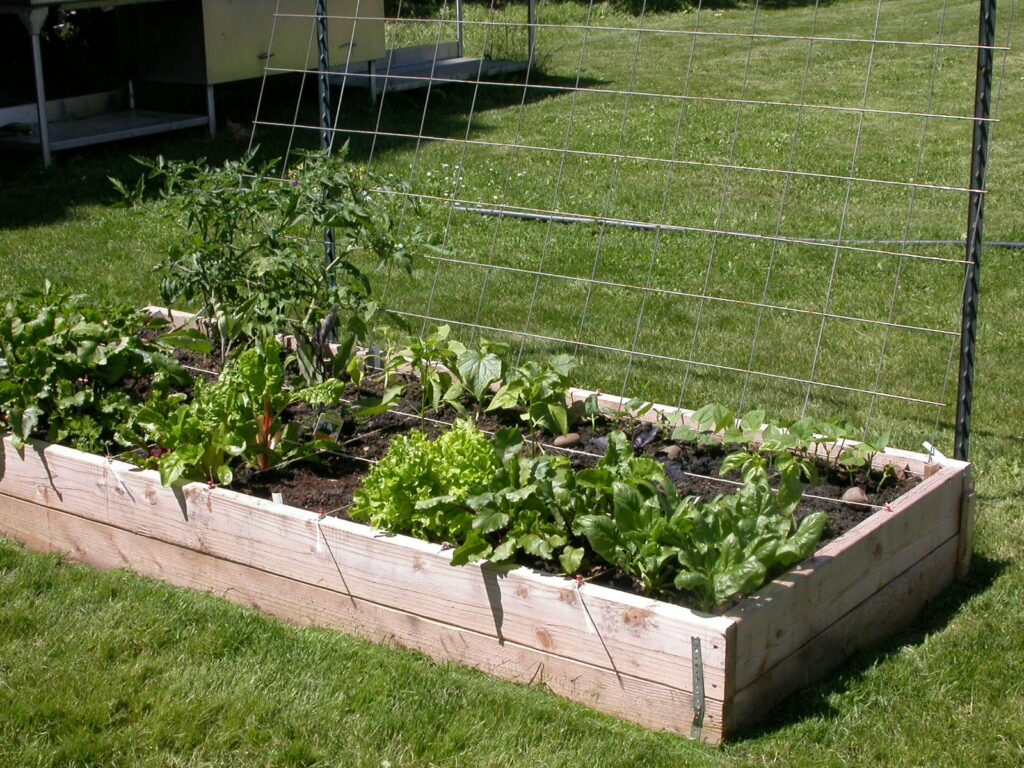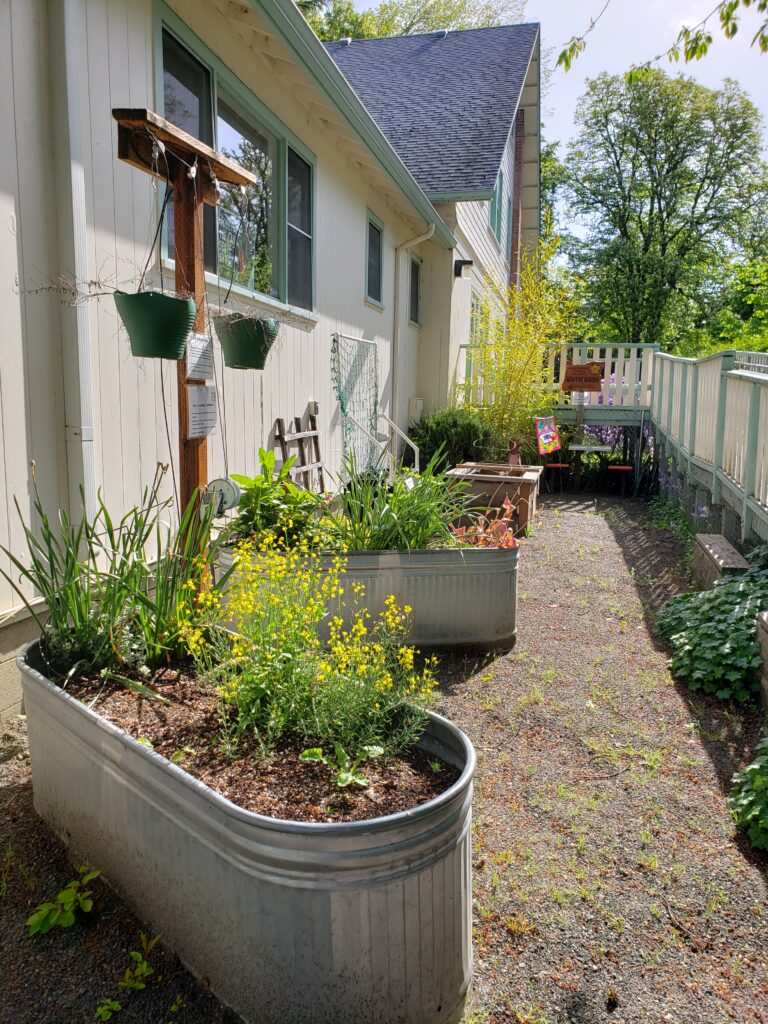We continue our 2020 Celebration of Oregon’s Master Gardener volunteers, by thanking Master Gardeners for all they do to build strong local food systems across Oregon. If you haven’t already registered for the mini-film festival and discussion that accompanies Master Gardener week, you can do so by visiting THIS LINK. Tonight, we will be discussing “Land Grab: The Movie” with the film’s director, Sean O’Grady, and OSU Urban Agriculture Instructor, Mykl Nelson.
The Master Gardener Program first started in Oregon in 1976, with 31 individuals who enrolled for class in Lane County or in Clackamas County. Helping others grow their own food has always been an essential aspect of the Oregon’s Master Gardener Program. And volunteers are so diverse in their individual approaches to growing food, which offers so many examples and ideas to others who might be starting their own journey in food production. Below are just a few examples of the diverse food production methods innovated, demonstrated, and practiced by Master Gardener volunteers across the state.
In 2008, Lincoln County Master Gardener Bill Biernacki his garden-scale method to extend the growing season on the Oregon coast, via a Raised Bed Cloche. Biernacki collaborated with Extension Sam Angima (now an Associate Dean in the College of Agriculture) to write a publication teaching others how to build their own raised bed cloche. Their method has been adopted by gardeners in challenging climates, across the state.


In Marion County, Master Gardener Jim Liskey designed and refined a drip irrigation system for the Marion County demonstration garden, as a way to show others how to increase production, decrease weed pressure, and conserve water in raised beds.

In Multnomah County, Master Gardener volunteers built out trellises to show how to grow vining vegetables that would otherwise take up a lot of space in small urban lots. Over the years, the group has also experimented with dry farming vegetables in raised beds, and has recorded and shared the results of their trials.


In Lane County, Master Gardeners have built raised beds, pulley systems, and lowering trellises, to make gardening more accesible to everyone. Their motto is ‘Garden Smarter ~ Not Harder’. And, one of their volunteers is the living embodiment of this motto. Pat Patterson was a member of the very first Master Gardener class, in 1976 in Lane County. Pat continues to grow and share food in her community, and is also just as generous with her wealth of knowledge related to vegetable gardening and adaptive gardening.


Master Gardeners have tested and trialed grafted tomatoes, to see if their increased production merits their increased cost. One of the biggest advocates of grafted vegetables is Harry Olsen, who has developed the ‘Harry Prune Method’ for maximizing tomato production. Harry gardens on a small lot in Salem, Oregon (perhaps less than 0.15 acres?). Even though this is his private home, he operates it like a public demonstration garden, eager to teach anyone who wants to learn how to maximize food production on a small urban lot. In fact, when Mykl Nelson and I were building out the very first accredited Urban Agriculture certificate program in the United States, I had Mykl visit Harry to see his production system and to learn more about his approach.

There are so many more examples of great gardening techniques that I could provide. If you want to visit the demonstration garden in your neighborhood, check out the map of where Master Gardeners work in your community. You may want to contact your local Extension office, first, to make sure that the gardens are open and accessible during COVID Restrictions.
In addition to demonstrating effective growing techniques, Master Gardeners are also supporting food security in their communities. This has been particularly important in 2020, as concerns about disruptions to global food chains and economic hardship have renewed interest in food gardening.
Over 40,000 people signed up for OSU’s free, online vegetable gardening course ~ a level of interest that literally crashed the online registration system for a period of time. Master Gardeners across the state turned failed plant sales into an opportunity to support food security in their community. Clatsop County Master Gardeners turned a cancelled beginning vegetable gardening course into a beautiful series of blog posts on food security and growing your own food on the north coast. The Benton County community education team turned their cancelled vegetable gardening courses into ‘Seed to Supper at Home’, which they recorded and made available to all. They expanded their support for local gardeners by hosting live gardening question and answer sessions, online, which they have since turned into a series of podcasts. Curry County Master Gardeners used these recordings to deliver beginning vegetable gardening classes on the south coast.
Master Gardener volunteers really stepped up their efforts to support their communities’ local food systems in 2020. But, *every* year, Master Gardener volunteers do so much to support local food across the state. For example, in 2019, Master Gardener volunteers donated 52.5 TONS of fresh food to local food banks and food pantries, and supported the efforts of gardeners in 29 school gardens, 46 community gardens, and 23 teaching/demonstration gardens. That’s something to be proud of, and something that all Oregonians can applaud!



